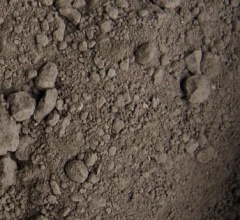Lead Ore
| Infobox on Lead Ore | |
|---|---|
| Example of Lead Ore |  |
| Facts | |
| Origin | - |
| Stowage factor (in m3/t) | 0,24 to 0,67 m3/t (bulk) |
| Humidity / moisture | See text |
| Ventilation | No special requirements |
| Risk factors | See text |
Lead Ore
Description
Heavy soft grey solid material.
The natural pure lead is rare. Today, the lead mainly smelt and extract together with zinc, silver and copper and other metals. The most important lead ore is the galena PbS, which the lead reaches 86.6%. Other common lead-containing minerals are PbCO3 and PbSO4. And the world's largest lead producing country is China, the United States, Australia, Russia and Canada. Today, more than half of the lead is from recycled.
Most ores contain much less than 10% lead, and ores containing as small as 3% lead may be economically exploited. Ores are crushed and concentrated by froth flotation ordinarily to 70% or more. When lead is exploited to the floor, it should certainly be crushed or grinded for its additional application.
Application
See Lead
Shipment / Storage
This cargo shall be kept as dry as practicable before loading, during loading and during the voyage.
As the density of the cargo is extremely high, the tanktop may be overstressed unless the cargo is evenly spread across the tanktop to equalize the weight distribution.
When offered for shipment in bulk in containers, pay attention to the high specific gravity of the material and the maximum payload of the cargo transport unit.
See also Ores
Risk factors
For overseas carriage aspects of this produce, consult the IMSBC Code (International Maritime Solid Bulk Cargoes Code) and applicable MSDS sheet.
Hazard; toxic, with acids evolved highly toxic vapour.











